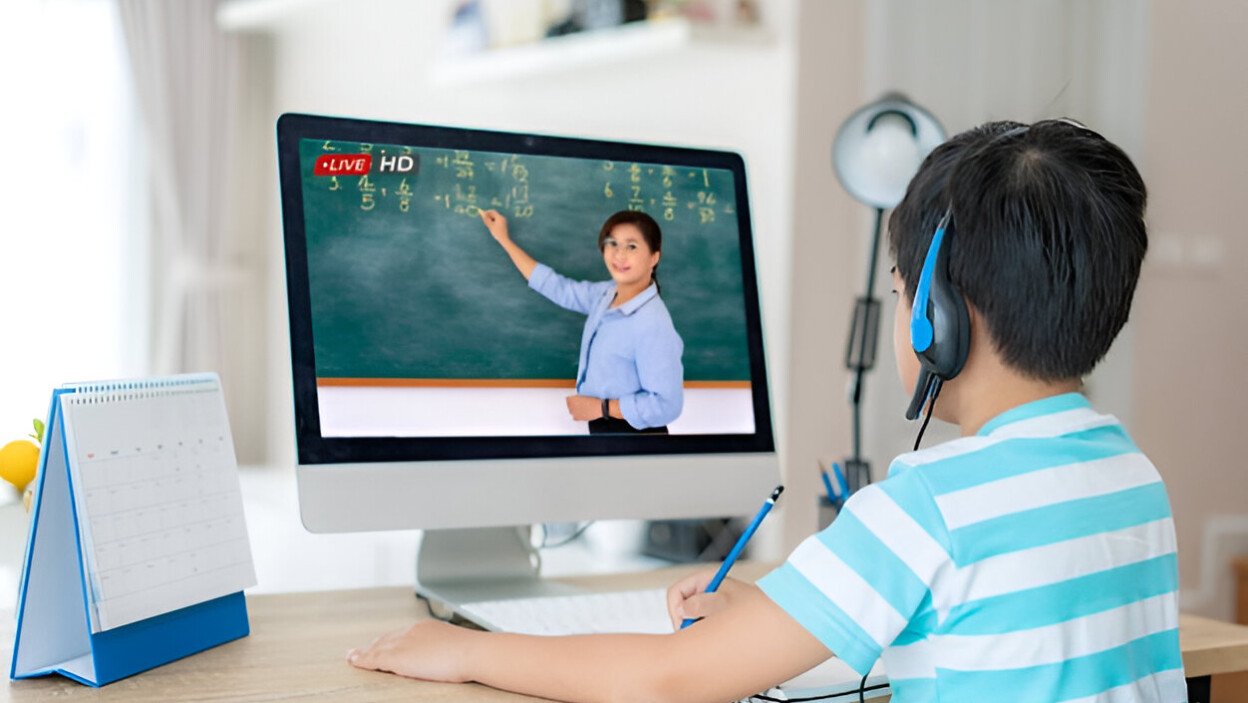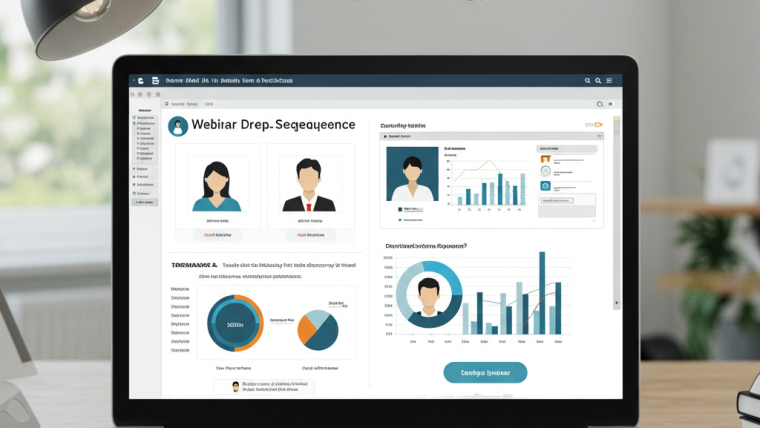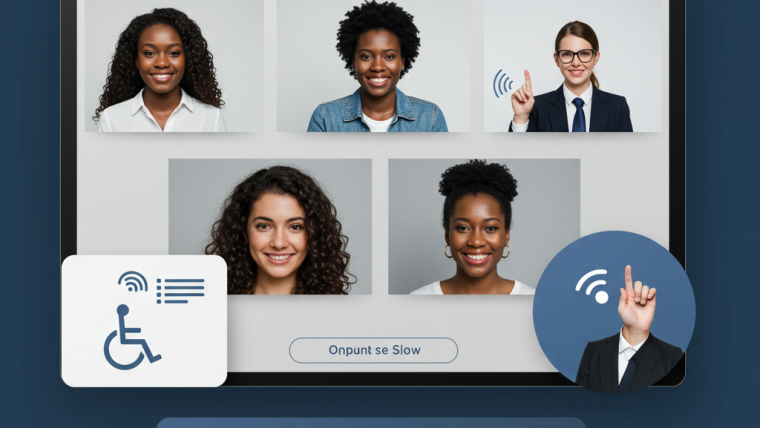The digital shift in education didn’t just happen overnight—it evolved out of necessity, and now it’s here to stay. At the center of this evolution are webinars for education, offering virtual classrooms that work just as well—if not better—than traditional ones.
But what exactly makes these virtual spaces so effective? Let’s explore how webinars are reshaping the learning experience for both educators and students.
The Modern Shift Toward Virtual Classrooms
Education is no longer tied to four walls. Whether it’s high school, university, or corporate training, virtual learning has become the new normal.
Webinars as Live Virtual Classrooms
Unlike static online courses, webinars offer real-time learning. They let teachers and students meet online, interact, ask questions, and share screens—replicating much of the classroom experience.
This live interaction creates a stronger connection between educators and learners, improving focus and engagement.
Why Webinars Work So Well in Education
The success of webinars goes beyond convenience. Let’s dig into the reasons these platforms perform so well for learning.
Flexible Schedules for Busy Learners
Webinars allow students to join from anywhere—whether that’s home, a café, or the office. This location flexibility is crucial for adult learners, parents, or professionals who need to balance multiple responsibilities.
Interactive Tools That Keep Students Engaged
From polls and Q&As to whiteboards and breakout rooms, modern webinar platforms offer features that mimic a real classroom. Students can vote on questions, give instant feedback, and even join small group discussions.
This interactivity prevents webinars from becoming passive and makes students part of the learning process.
Technology That Enhances, Not Distracts
One concern with virtual learning is that tech can get in the way. But good webinar tools are designed to simplify the experience, not complicate it.
Visual Aids Support Better Understanding
Instructors can share slides, play short videos, or draw diagrams live. These visual elements help explain complex topics and make the session more memorable.
Clear Audio and Screen Sharing
High-quality microphones, stable platforms, and screen-sharing options ensure that students hear and see exactly what they need. There’s no second-guessing or unclear messages.
Managing Classes in the Virtual World
Behind the scenes, webinars also make life easier for teachers.
Attendance Tracking and Session Recording
Most platforms include features like automatic attendance, session recordings, and performance data. This makes it easier to monitor student progress and provides a way for students to catch up if they miss a session.
Built-In Assessment Tools
Teachers can create quizzes or feedback forms and get results instantly. It helps them measure understanding and improve the course in real time.
Overcoming Student Isolation
One drawback of online learning is that students can feel disconnected. Webinars help solve this issue.
Real-Time Human Connection
The ability to raise hands, talk through a microphone, or type in the chat window makes students feel part of a real group. It’s not just about watching a screen—it’s about participating.
Small Group Features Add More Depth
Breakout rooms let students work together in smaller teams. It encourages peer-to-peer learning and builds relationships, just like in a traditional classroom.
Scalability Makes Learning Accessible
Physical classrooms have size limits. Virtual ones don’t.
Teaching One or Teaching Thousands
Whether you’re an individual instructor or a large institution, you can host a webinar for 10 students—or 1,000. That scalability makes it perfect for universities, NGOs, and even government training programs.
Reduced Costs, Increased Reach
No travel, no room rentals, and fewer printed materials. Webinars lower the cost of education while reaching a global audience.
Training Educators for Virtual Success
Even the best technology won’t work if the teacher doesn’t know how to use it.
Adapting Teaching Style to the Screen
Educators need to adjust their tone, pacing, and visuals for a digital audience. Speaking clearly, using pauses, and encouraging chat participation are simple techniques that go a long way.
Professional Development is Key
Many institutions now offer training for virtual teaching. These sessions help educators feel more confident and better equipped to manage their online classrooms.
Inclusive Learning for All Students
Webinars help level the playing field for students with disabilities or limited mobility.
Built-in Accessibility Features
Closed captions, screen readers, adjustable font sizes, and language translation make learning possible for a broader range of students.
Safe Learning Environments
Students who feel uncomfortable in traditional classroom settings can find a safe space to learn at their own pace without distractions or judgment.
Common Challenges and How to Handle Them
Like any method, webinars have their hurdles.
Avoiding Screen Fatigue
Shorter sessions and regular breaks can reduce eye strain. Encouraging students to step away from screens after class also helps.
Technical Issues and Backups
Internet drops and software crashes happen. Having a backup plan—like a recorded lesson or offline handout—keeps things running smoothly.
The Road Ahead for Virtual Education
We’re just scratching the surface of what webinars can offer in education.
AI and Personalization
Soon, webinars will include AI-driven tutors, real-time content adjustment, and more advanced analytics to help students learn better and faster.
Global Learning Without Borders
Language barriers and time zones are becoming easier to manage. Webinars allow institutions to go global without opening new campuses.
Webinars for education: virtual classrooms that work are no longer an alternative—they’re a key part of how we learn today. They bring together the best aspects of traditional teaching with the flexibility and innovation of digital tools.
Whether you’re a teacher looking to reach more students, or a learner seeking a flexible path forward, webinars are a proven way to deliver quality education without compromise. Interestingly, many virtual classroom strategies also overlap with best practices for hosting nonprofit events.








Webinar Analytics: A Complete Guide to Measuring Success and Improving Performance
The Ultimate Webinar Follow-Up Strategy to Turn Attendees into Customers
Webinar Accessibility Best Practices: How to Make Your Online Events Inclusive for All
Webinar Personalization: Tailoring Content to Audience Segments for Maximum Engagement